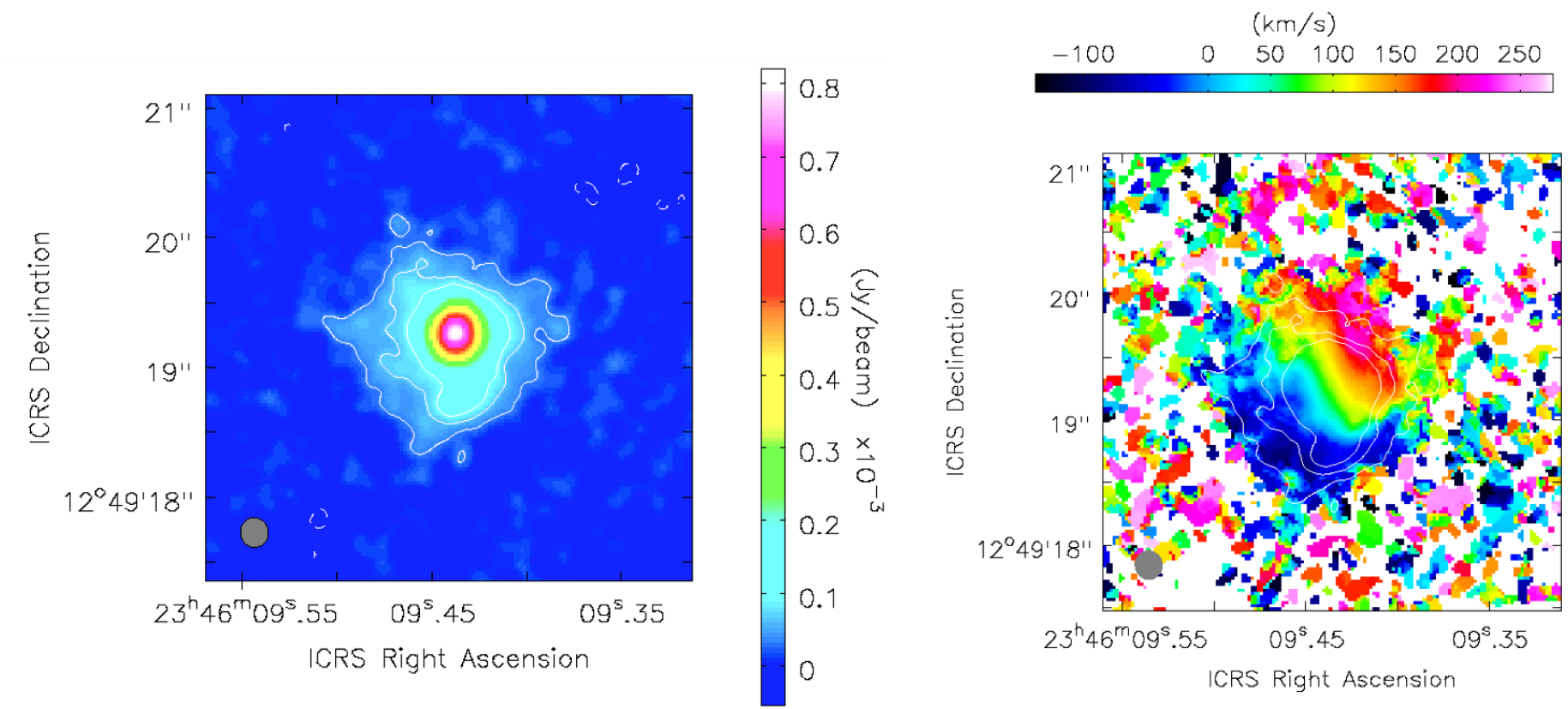
Congratulations to Thorstein Skaug, another master student who just got a Master´s Degree in Astronomy from the Institute of Theoretical Astrophysics in spring semester 2023.
– In my thesis, I explored the structures surrounding galaxies, looking for large-scale molecular gas, he explains.
Thorstein used different techniques to try to find information about the molecular gas, such as morphology and gas kinematics. For this purpose, he selected an observation from the Atacama Large Millimeter Array (ALMA) observatory in Chile which was optimal for his search.
– However, I ended up actually showing that the telescopes available today are not sufficient for such exploration and that new technology may be required.
That's where the design of the Atacama Large Aperture Submillimeter (AtLAST) telescope plays in.
– For an accurate observation of the cold CGM components, a single dish telescope with a large aperture size would be the optimal tool, Thorstein says.

– What are the most important things you have learned in your master studies?
– During my studies I have learned that even the most trivial-sounding tasks can take a long time and that no task should be underestimated. I learned that spending time with friends and family is key to maintaining a sane-ish mentality as a master's student.
"I learned that the Universe is kinda crazy and that you need to be kinda crazy to even try to understand it"
– What fascinates you most of astronomy?
– All my life the Universe has been awe-inspiring, frightening and a source of deep philosophical thought. As a student of astronomy, we get to explore and quantify the Universe using physics, and thus explore and unravel some of its mysterious nature. This is what I find most fascinating about studying astronomy.
– Your "message in the bottle" to fellow master students is ...
– What does the future hold for you?
– Starting in August I have landed a position as an Enterprise Resource Planning (ERP) consultant for a business consulting firm, which hopefully will provide new opportunities and experiences.

More about
- Why choose a Master´s programme in Astronomy (2 years)?
- Career interviews
- Thorstein's Master Thesis: "Exploring the cold and dense circumgalactic medium of BX610"
Master´s program at the Institute of Theoretical Astrophysics
- Computational Science: Astrophysics (master's two years): this study program is particularly concentrated around 3 themes: solar atmosphere modelling, extragalactic studies, the evolution of the structure of the universe.
- Astronomy (master's two years): this study program is for you wanting to understand at an advanced level the physical principles that are important in various astronomical and astrophysical processes and systems, from our own sun to other stars, galaxies and the entire universe.